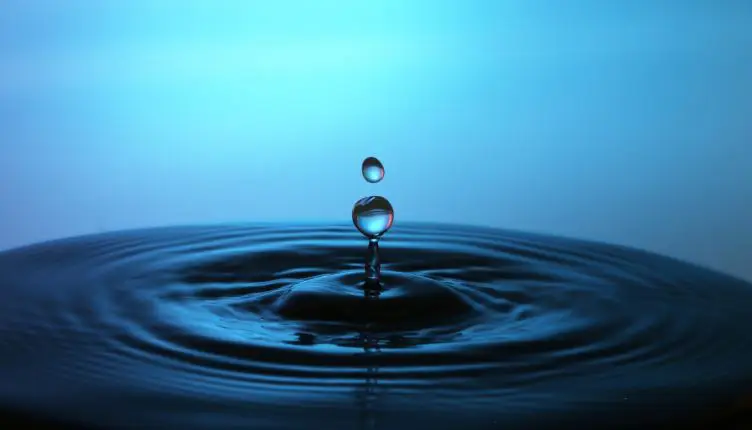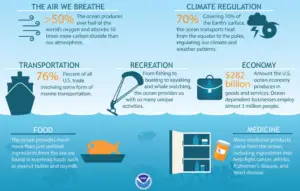Table of Contents
Jal Shakti Ministry to provide Safe Drinking Water | UPSC – IAS
Recently, Union government has created a new ministry, Jal Shakti to provide safe drinking water to people. The Jal Shakti ministry has been formed on May 31, 2019 by reorganizing erstwhile ministries of Water Resources, River Development and Ganga Rejuvenation.
- Ministry of Jal Shakti was formed by merging – Ministry of Drinking Water and Sanitation with Ministry of Water Resources, River Development and Ganga Rejuvenation on 31 May 2019
- The Jal ministry will be headed by Bharatiya Janata Party (BJP) MP Gajendra Singh Shekhawat while Ram Lal Kataria will be the minister of state.
- It has been created by reorganizing the earlier Ministry of Water Resources, River Development and Ganga Rejuvenation.
- Ministry of Drinking Water and Sanitation has also been added to it.
- Jal Shakti ministry will ensure clean water and top class irrigation water facilities for the farmers.
Projects under the ministry are resolving international and inter-states water disputes, the Namami Gange project, the clean Ganges imitative, and provide clean drinking water to all.
Broad Mandate of the Jal Shakti Ministry | UPSC – IAS
- To approach the issue of water management holistically and ensure better coordination of efforts.
- To integrate demand side and supply side of water in the country
- To expedite the programme for linking rivers from different parts of the country.
- To ensure a solution to the problems of drinking water and irrigation. The government aims to launch a special programme, called ‘Nal se Jal’, to ensure piped water for every household by 2024.
Challenges for the Jal Shakti Ministry | UPSC – IAS
- Water Stress- According to the NITI Aayog report, nearly 600 million Indians face “high to extreme water stress”, while 75% households do not have drinking water on their premises. About 2 lakh people die every year due to inadequate access to safe water.
- Rising demand- the country’s water demand likely to double by 2030, indicating that there will be a 6% loss in the country’s gross domestic product (GDP) by 2050.
- Groundwater availability- 21 cities, including New Delhi, Bengaluru, Chennai, and Hyderabad, are set to run out of groundwater by 2020, affecting an estimated 100 million people.
- Groundwater Contamination- A total of 69,258 rural habitations across India with a population of over 45 million are affected with groundwater contaminated with fluoride, arsenic, iron, salinity, nitrate and heavy metal.
- River Pollution- According to Central Pollution Control Board, for the majority of its course from Uttarakhand to West Bengal, the water of River Ganga is unfit for drinking and, in a significant section of its course, its water is unfit for bathing.
- Availability of water for agriculture- about 53 per cent of agriculture in the country is rain-fed. India’s rain-dependent farmers are often forced to fend for themselves in the face of repeated droughts.
A Way Forward | UPSC -IAS
- Experts feel redefining the role and mandate of the Water Ministry rather than restructuring the existing system needs to be top priority. A re-organisation of departments is a good starting point but until a multi-sector approach is adopted to address the water problems of the country a big difference cannot be achieved. For instance, water remains a state subject and unless states make specific requests the Centre can’t intervene.
- Water sector reforms need to take place, along with a proper water governance structure has to be put in place. There has been an overarching focus on the supply – side management to provide water, e.g. for irrigation. However, the immediate priority should be the focus on demand side management, using tools, technology and science to ensure efficient water management.
- A change in people’s mindset towards water conservation and usage needs to be achieved.




